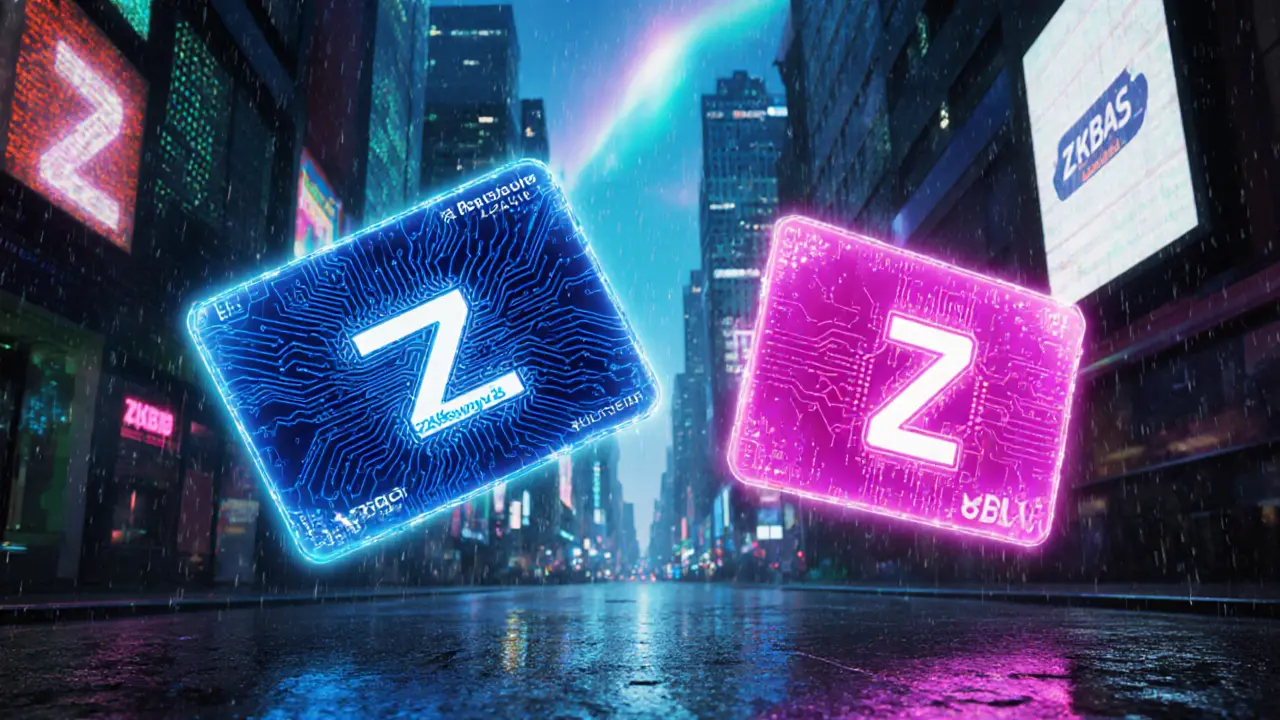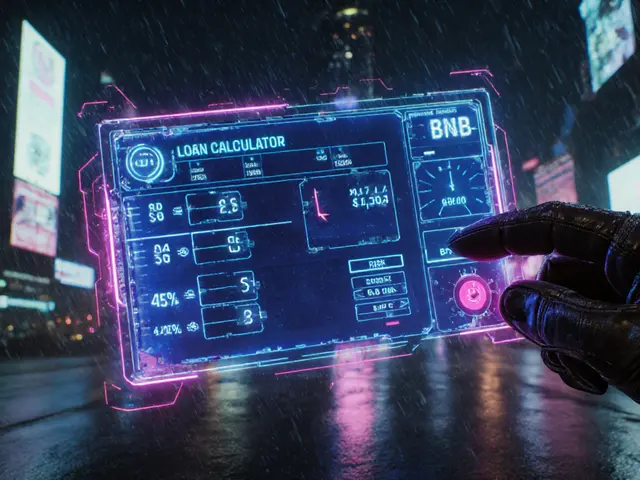
ZKSwap Testnet: What It Is and Why It Matters
When working with ZKSwap testnet, a public sandbox for the ZKSwap decentralized exchange that uses zero‑knowledge rollup technology on Ethereum. Also known as ZKSwap test network, it lets developers and traders experiment without risking real funds. The testnet zk‑rollup, a layer‑2 scaling solution that bundles many transactions into a single proof enables fast, cheap trades while preserving Ethereum’s security. Because it functions as a decentralized exchange, a platform where users trade directly from their wallets, the testnet mirrors the live DEX’s order‑matching and liquidity features.
Key components you’ll encounter
The ZKSwap testnet relies heavily on Ethereum layer 2, the set of protocols that sit atop Ethereum to improve scalability. This relationship means any improvements on Ethereum’s base layer directly influence the testnet’s performance. Token bridging is another essential piece: assets move from Ethereum to the rollup via a smart‑contract bridge, creating a wrapped version of the token on the testnet. Users can test bridge latency, gas costs, and withdrawal procedures before the mainnet launch. Additionally, the testnet provides a sandbox for liquidity providers to experiment with pool creation, fee tier selection, and impermanent loss modeling.
All of these parts form a network of inter‑linked concepts – the testnet enables developers to validate zk‑proof generation, traders to gauge price impact, and token teams to fine‑tune bridge parameters. Below you’ll find a curated collection of guides, deep‑dives, and practical checklists that walk you through setup, token swaps, and performance monitoring on the ZKSwap testnet. Dive in to see how each piece fits together and get hands‑on experience before the live version goes public.




